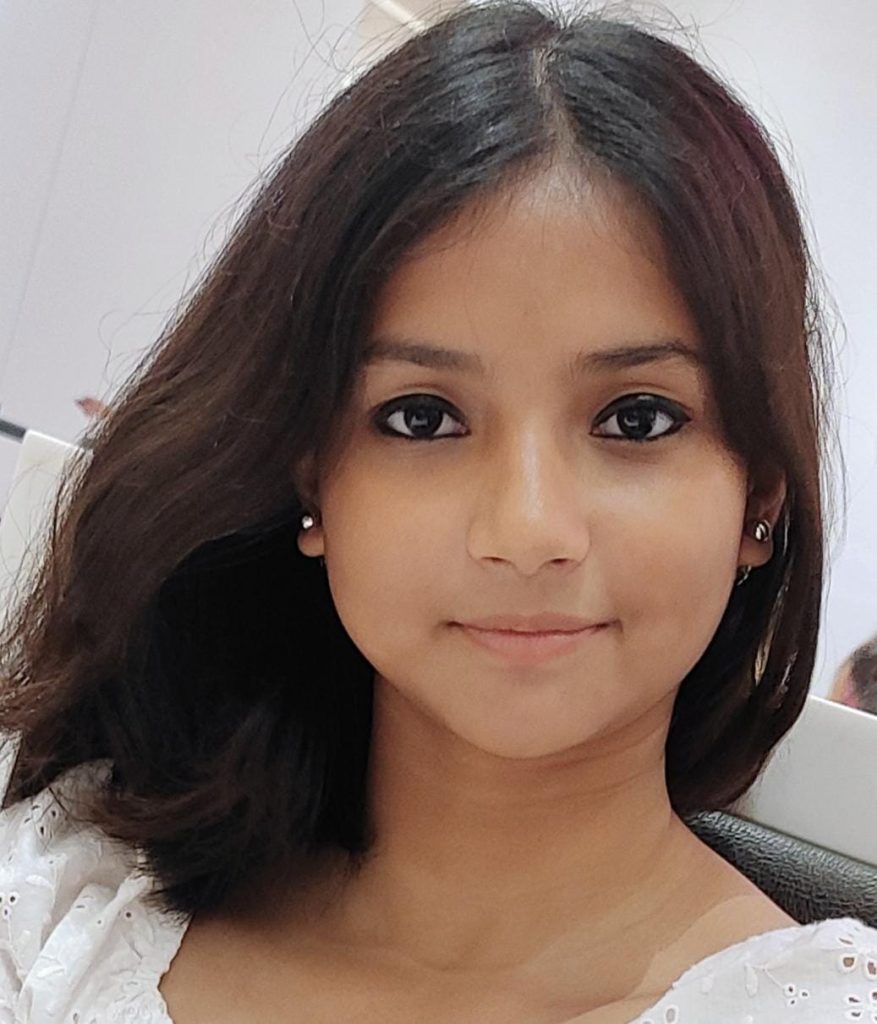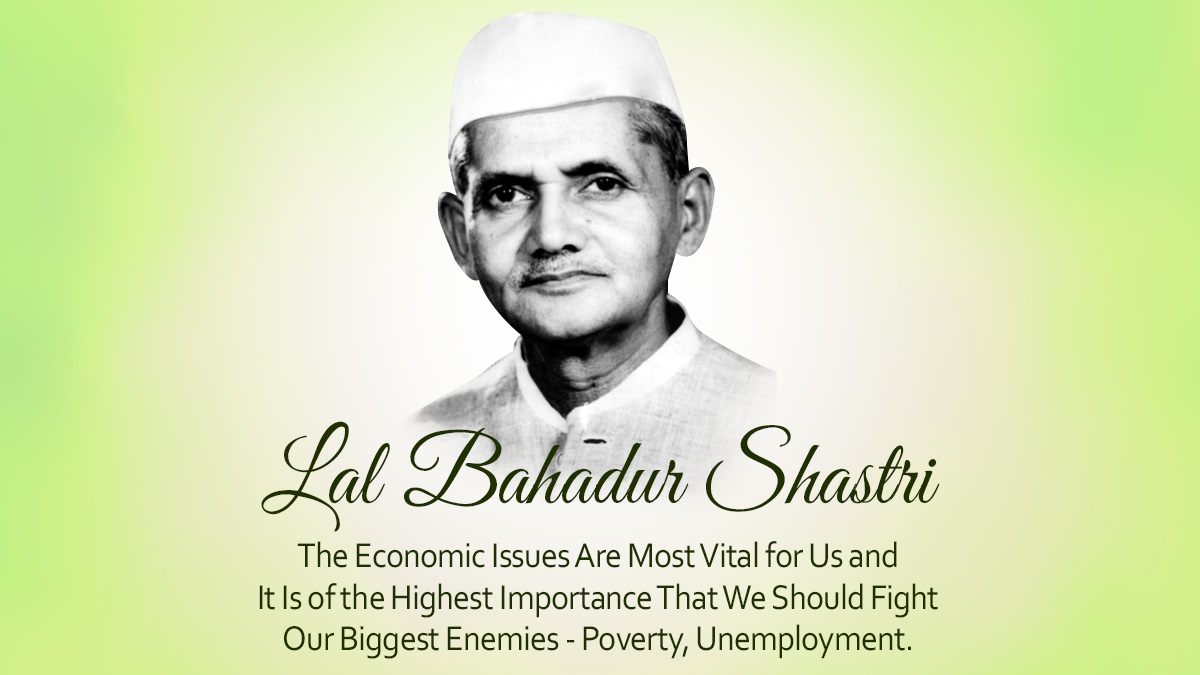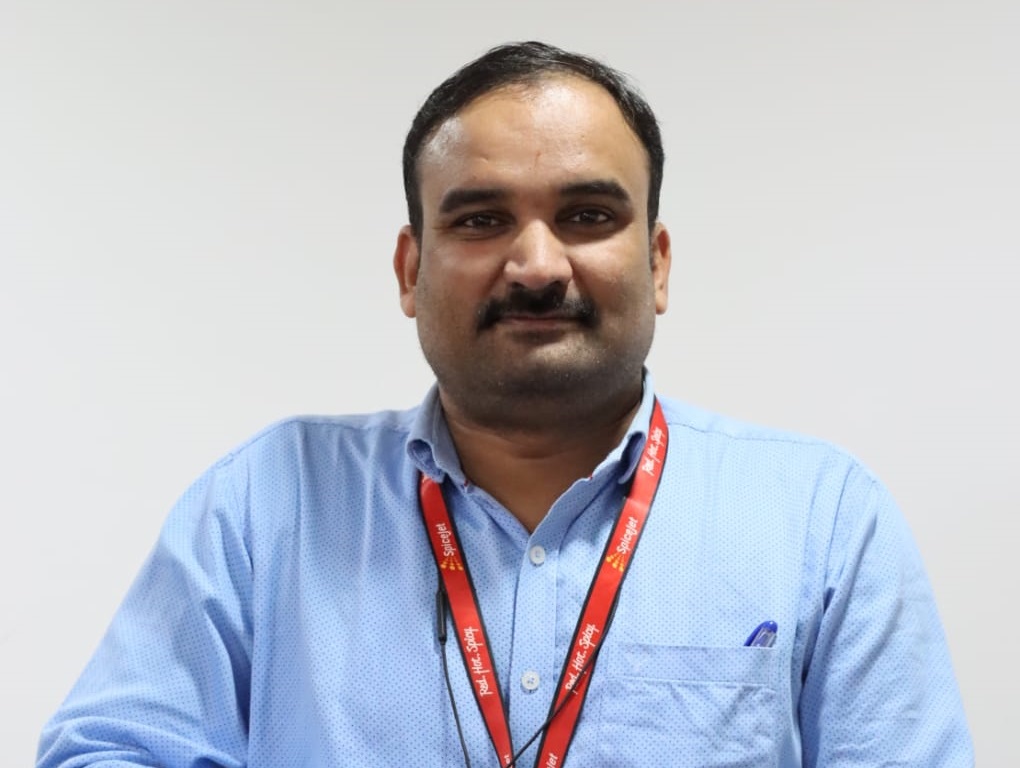DURGA PUJA
Bharat is a land of festivals, more so Bengal where the common refrain of ‘Baro Mash, Tero Parbon’ (Twelve Months with Thirteen Festivals) is part of popular culture. The most popular festival is Durga Puja, which is in line with the festive season in Bharat.
Durga Puja is celebrated every year in the Hindu month of Ashwin (September-October) and commemorates Lord Rama’s invocation of the goddess before going to war with the demon King Ravana. This autumnal ritual was different from the conventional Durga Puja, which is usually celebrated in the springtime. So, this Puja is also known as ‘akal-bodhan’ or out-of-season (‘akal’) worship (‘bodhan’).
The festival commemorates the victory of the goddess over a demon called Mahishasura. As told by Hindu mythology, the demon was set out to wage war against the gods and it was up to Durga to slay him and protect earth. She began her battle against the demon on the seventh day of Navratri, known as Maha Saptami and slayed him by the final day of Vijay Dashami.
The first grand worship of Goddess Durga in recorded history is said to have been celebrated in the late 1500s. Folklore says the landlords, or zamindar, of Dinajpur and Malda initiated the first Durga Puja in Bengal. According to another source, Raja Kangshanarayan of Taherpur or Bhabananda Mazumdar of Nadiya organized the first Sharadiya or Autumn Durga Puja in Bengal in c. 1606. The baro-yaari puja was brought to Kolkata in 1832 by Raja Harinath of Cossimbazar, who performed the Durga Puja at his ancestral home in Murshidabad from 1824 to 1831, notes Somendra Chandra Nandy in ‘Durga Puja: A Rational Approach’ published in The Statesman Festival, 1991. The institution of the community Durga Puja in the 18th and the 19th century Bengal contributed vigorously to the development of Hindu Bengali culture.
In Durga, the Gods bestowed their powers to co-create a beautiful goddess with ten arms, each carrying their most lethal weapon. The tableau of Durga also features her four children—Kartikeya, Ganesha, Saraswati and Lakshmi. Traditional clay image of Durga, or pratima, made of clay with all five gods and goddesses under one structure is known as ‘ek-chala’ (‘ek’ = one, ‘chala’ = cover).
THE 10 FESTIVE DAYS
First Day– The festival begins with Mahalaya, a day where Shakta Hindus remember the loved ones who have died, as well as the advent of Durga. This is typically also the day when the eyes of all deities on the Durga Puja stage are painted, bringing them to a life-like appearance.The festival opens at twilight with prayers to Sarasvati and Ganesha. People also visit several Durga temples.
Second To Fifth Day– The aspects of Goddess Durga:- Kumari (Goddess of Fertility) Maa(mother) Ajima(Grandmother) Lakshmi(Goddess of wealth) Saptamatrikas(seven mothers) Navadurga(nine aspects of Durga) are remembered and worshiped.
Sixth Day (Shashti)-This is the beginning of major festivities and social celebrations. Goddess Durga is welcomed and celebrations begin in temples and pandals. This is called Bodhana.The puja rituals are long and complicated. Three days of Mantras, Shlokas chants and Arati. Also, offerings are made which include Vedic chants and multiple recitations of the Devi Mahatmya text in Sanskrit.
The Seventh Day (Saptami)– On this day following rituals are performed:- Bathing of the Goddess, Selection of Priest, Aarti, Recitation of texts describing Durga heading to war, Group meditation and Screams like crying at high points by women.
Eighth Day (Mahasthami)– The celebrations are almost similar to the seventh day. It is a significant day because the moment when the eighth day ends and the ninth day begins is considered the moment when Durga kills the demon Mahishasura. Sandhi Puja is forty an eight-minute high-point ritual that celebrates the climax of the war. The ritual is performed during the last 24 minutes of Mahashtami and the first 24 minutes of Mahanavami.
Ninth Day (Mahanavami)- It is similar to the seventh day. The only difference is it is a celebration after the victory of Goddess Durga.
Tenth Day (Vijaya – Dashami)– The festival ends on this day. It begins with Sindoor Khela where married women smear Sindoor on Durga’s forehead and feet then on each other. A procession is initiated by Shakta Hindu communities with drum beats of music and mantra chants. A colourful clay statue is carried and then immersed in a river or sea.
Durga is thus believed to return to Mount Kailash with Shiva.
CELEBRATION OF DURGA PUJA IN KOLKATA
Durga Puja is the biggest festival celebrated in Kolkata. Since 1610, the Sabarna Roy Choudhury family has been organizing Durga Puja at their original residence in Barisha, Kolkata. This is probably the oldest Durga Puja festival in Kolkata. Nabakrishna Dev started Durga Puja at Shobhabazar Rajbari in 1757.
Barowari Durga Puja began in Kolkata in the early part of the twentieth century. Barwari Durga Puja quickly became a common people’s festival in Kolkata. Earlier, Durga Puja in Kolkata was confined to wealthy families. In 1910, the first Barowari Durga Puja in Kolkata was organized by “Bhowanipore Sanatan Dharmatsahini Sabha” at Balram Basu Ghat Road, Bhowanipore. The festive mood around Durga Puja in Kolkata starts before Shashti, mainly from Mahalaya. Durga Puja pandals are opened to the public from the day of Mahalaya. The main attractions of Durga Puja in Kolkata are the decorations, sculptures, pandals, lights and illuminations, and carnival.
The first five days of the month of Kartik (as per the Bengali calendar) see a gradual uptake in the festive fever. The streets of the main cities, more specifically Kolkata, are marked by massive traffic jams as people shop for new attire. By the end of the fifth day or Mahapanchami, the stage is set for the most festive four days of the year. The tradition of Navratri starts from the Ramayana. The murtis of Durga are made in the Kumartuli locality of North Kolkata for two hundred years. For a brief while in the 80s there was a trend of modern murtis but has again gone traditional. Mahashashti is the day when the murthis are brought to life (Devi Bodhan) by the priest. Brief Pujas are conducted on the day as a curtain raiser and the evening of Shashti itself is a rehearsal for the festivities of the next three days. Three days is a misnomer as there is no day and night and double/triple activities are packed into these three days. Mahasaptami marks the seventh day of festivities. Morning is marked by Pushpanjali, at specific times as per the priest’s instructions and evening by Sandhya Aarti.
The rest of the day is devoted to a uniform holiday mood – spending time walking in the crowds, eating out, catching up with friends or staying at home. The significant aspect of Mahanavami is sacrifice, whereby in earlier times a buffalo and/ or goat were sacrificed. In some cases, the sacrifice is symptomatic of the killing of the mount of Mahishashur, a buffalo. However, with the increase of animal rights and activism, it is not considered proper to sacrifice an animal but it is definitely considered auspicious to have rice and goat curry on this day. The sale of Biryani increases leaps and bounds on Navami. And on the evening of Navami, the celebrations go even higher and the last revellers go home in the early morning.
Married women celebrate the morning of Bijoya Dashami with Sindoor Khela, or smearing vermillion on each other’s faces as a celebration of womanhood. By afternoon, arrangements for immersion of the idols are made. There is nothing to beat immersing the idols in the Hooghly River and feeling incredibly sad as the festival comes to an end. Bijoya starts thereafter, with meeting elders and seeking their blessings for the next year ahead. The peers do a three-step hugging exercise (called Kola Kuli) and with seniors, there is a touching of feet in the time-honoured tradition. There is a round of offering sweets and snacks to continue the eating tradition of Puja
With the rings of “shubho bijaya” in the air, reality dawns that the festivities for this year have come to a close. But the promise of a next time lingers on.
“Ashche Bochor Abar hobe”
The United Nations Educational, Scientific and Cultural Organization (UNESCO) has finally included Kolkata’s famous Durga Puja in its Intangible Cultural Heritage of Humanity list (ICH).
By: Shraddha Modak , AGE- 15 Years , Standard 10 (Daughter of Mr. Rajiv Modak – Duty Manager – Kolkata)




